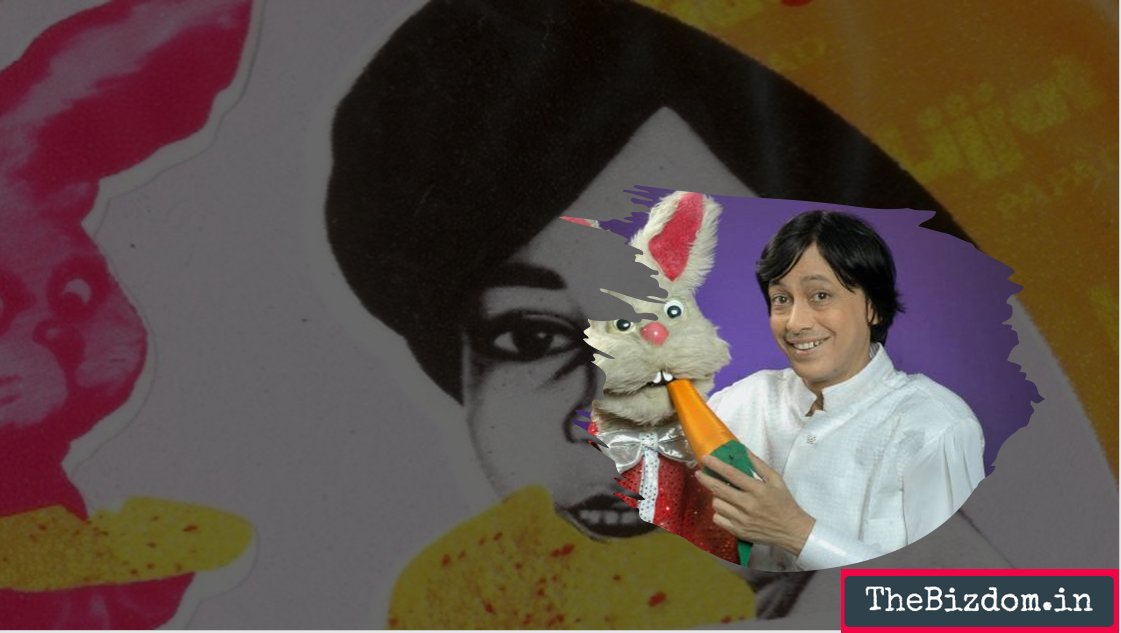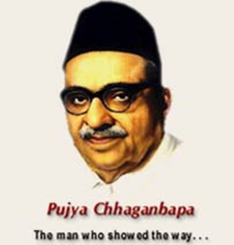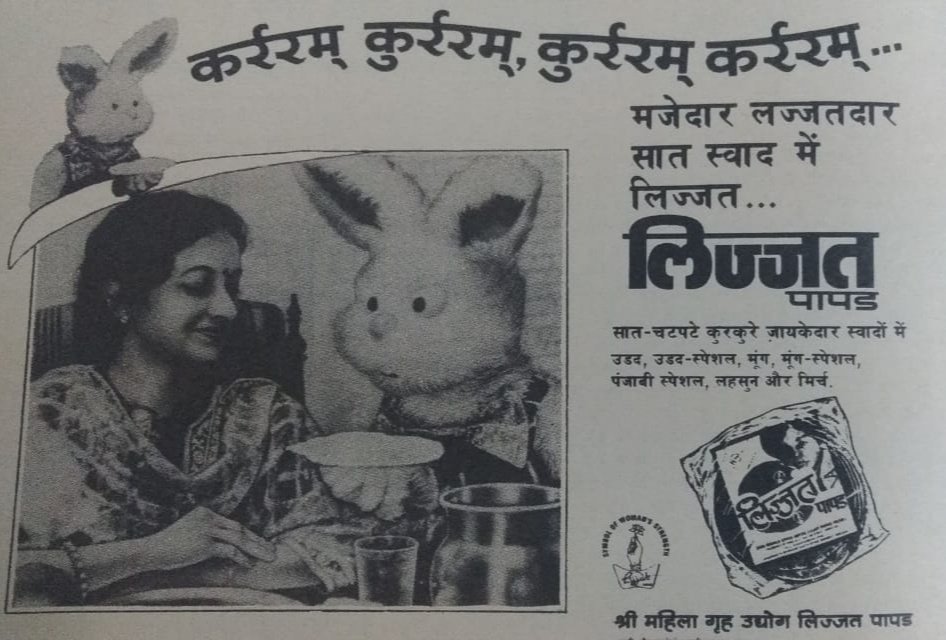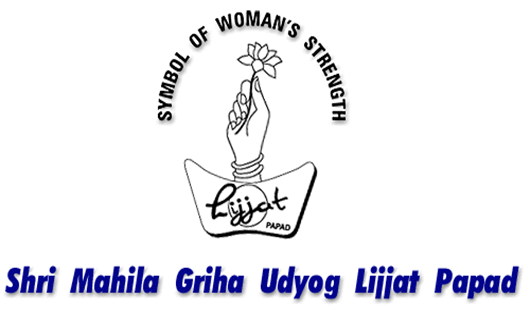A Quick 
Long before Playboy’s bunnies were the Nari Shakti in our generation, there was another rabbit.
Read about it

Long before Playboy’s bunnies were the Nari Shakti in our generation, there was another rabbit.
Read about it

It all began on 15th March 1959, on a warm summer day. A majority of the women inhabitants of an old residential building in Girgaum (a thickly populated area of South Bombay), were busy attending their usual domestic chores. When, seven to be exact..
...gathered on the terrace of the building and started a small inconspicuous function, to roll papad. They were gaining fame in their art and given how Businesses grows in the Gujju blood. Someone identified the business opportunity and asked them to start selling it others.
But they need startup capital, so they decided to raise it. Chaganlal Karamsi Parekh, a member of the Servants of India Society and a social worker, agreed to give the capital: Rs 80
As the group enlarged (within a year, the group had grown to about 100 women, with a turnover of about 6,200), and soon became a symbol of women’s economic enfranchisement.
Ramdas Padhye, a ventriloquist, created the iconic rabbit mascot in 1979 for a Lijjat brand film. The karramkurram and the he-he-he sounds in the jingle were also his contributions.
As the word about the papad spread and the production capacity kept increasing. By 1966, Lijjat was registered as a society.
‘Shadi utsav ya tyohaar, Lijjat papad ho har baar, karramkurram,
kurram-karram, mazedaar lazzatdaar saat swaad mein Lijjat Lijjat papad…’
‘Shadi utsav ya tyohaar, Lijjat papad ho har baar, karramkurram,
kurram-karram, mazedaar lazzatdaar saat swaad mein Lijjat Lijjat papad…’
Today, Jaswantiben Jamnadas Popat is the sole survivor of the 'seven sisters'. It's very encouraging that she is been give #Padmashri Other were:
Parvatiben Ramdas Thodani, Ujamben Narandas Kundalia, Banuben. N. Tanna, Laguben Amritlar Gokani, Jayaben V. Vithalani, and 1 more.
Parvatiben Ramdas Thodani, Ujamben Narandas Kundalia, Banuben. N. Tanna, Laguben Amritlar Gokani, Jayaben V. Vithalani, and 1 more.

 Read on Twitter
Read on Twitter





